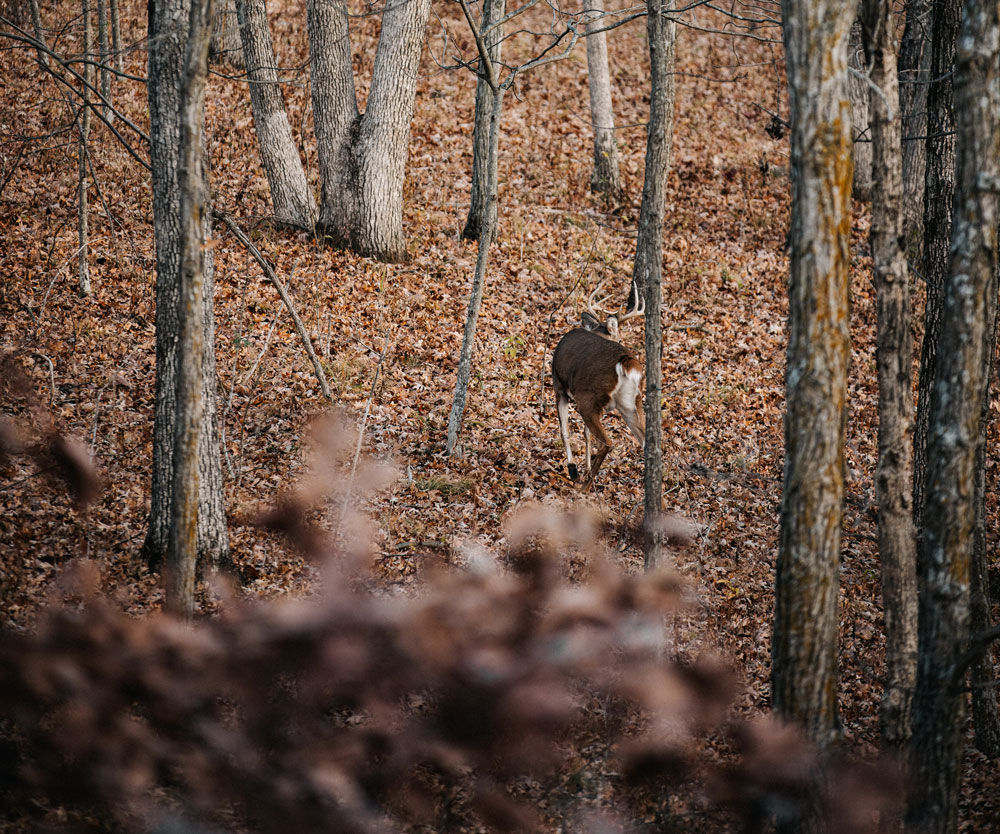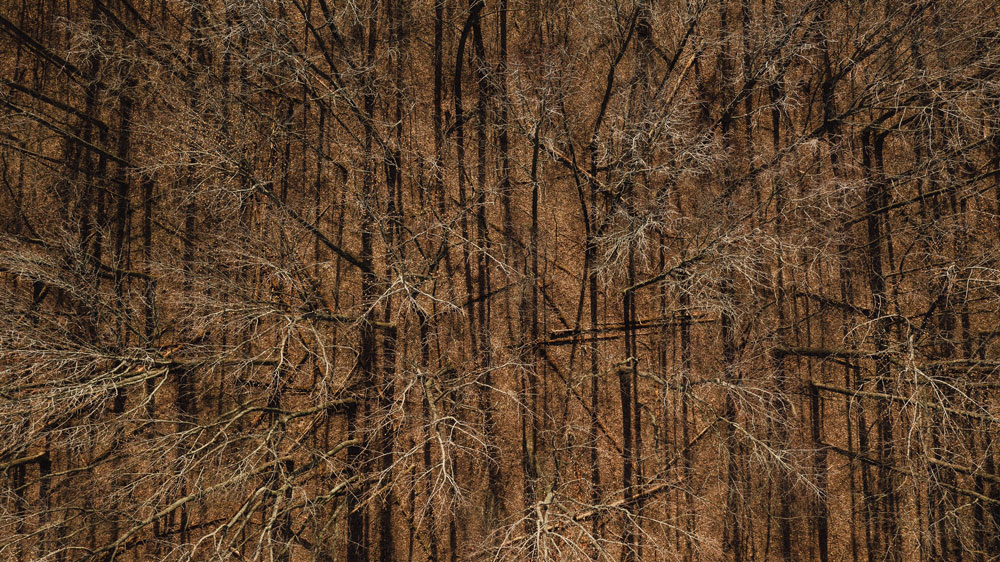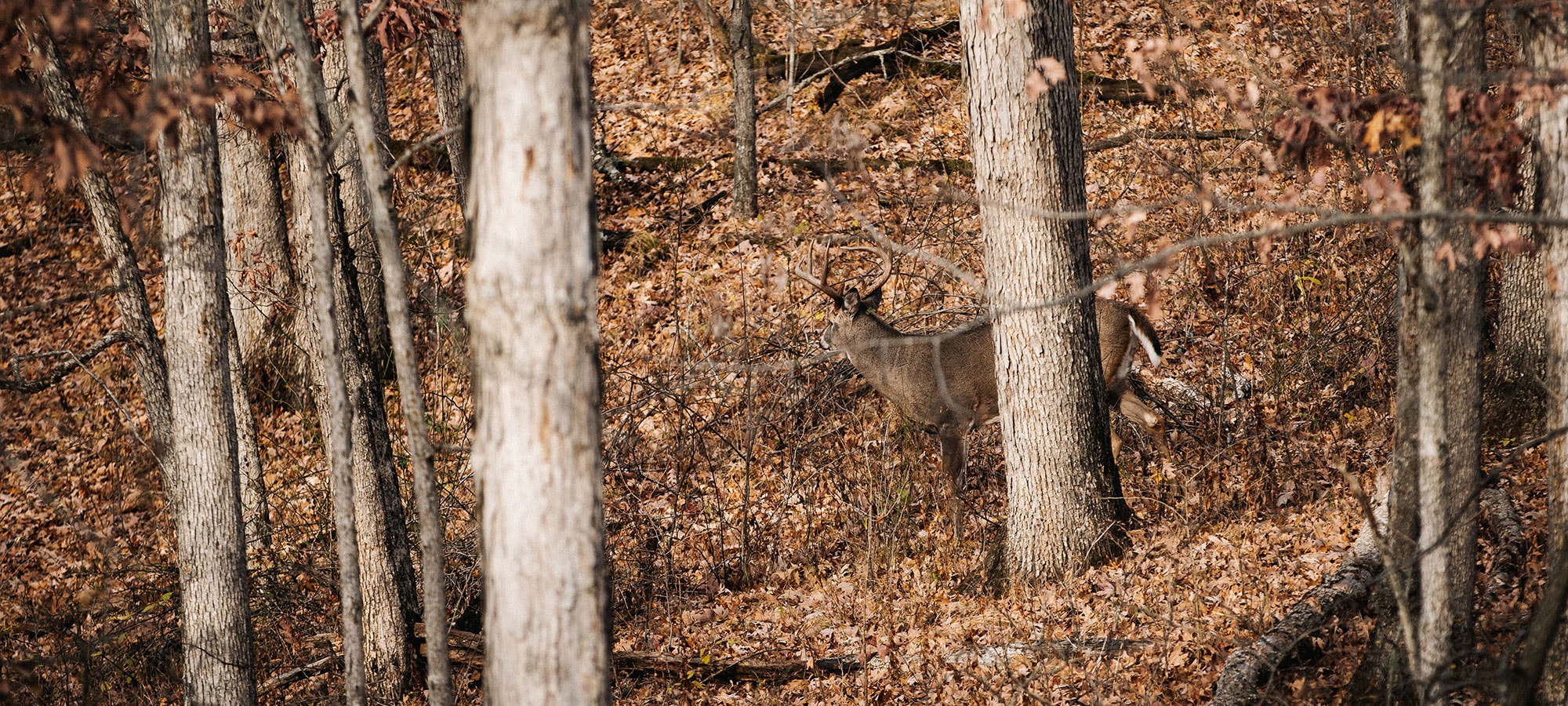Everyone wants to talk about food plots when it comes to deer management, but that is a small piece of the pie when it comes to improving the land specifically for whitetail deer. Most deer hunters work from the harvest backwards. That means they place the most habitat improvement emphasis on where they tend to harvest deer as opposed to where deer live during most of their lifetime. That’s deeper into cover or transitional areas, not out in the open food plots.

The best deer managers' minds work and revolve around what deer require 365 days out of the year versus how to set up a food plot to harvest a particular deer. To get the most out of a deer herd, the landscape has to address the needs of a whitetail from conception to maturity. Healthy does produce healthy fawns! If your land management techniques only revolve around the harvest, then the deer herd is not maxed out and the overall landscape likely has limiting factors during certain portions of the year.
An entry level, but extremely influential technique that every landowner or hunter who hunts in timbered properties should conduct is TSI or timber stand improvement. This technique includes cutting or terminating inferior or weed trees that are growing and taking up precious canopy space, root space, and soil nutrients that could otherwise be allocated to better trees that have more wildlife benefit such as hard mast producing trees. An additional benefit to removing weed trees the added sunlight will regenerate new fresh vegetation from the ground floor that deer will use as cover and added forage.

Most closed canopy woodlots produce 50-100 lbs of deer forage per year in each acre. However, if you thin the canopy by 30% and follow-up with prescribed fire, Auburn University documented an increase of deer forage by 500% in the thinned and burned areas. If those numbers don’t shock you, check your pulse! It is not difficult to reduce the canopy by that amount to then get that expression back from the native forages. Greenbrier, poke weed, desmodium, blackberry, and raspberry are common forages that fill after these techniques have been applied. Deer readily consume these varieties during the growing season.
If you own land for recreational purposes and want to stand out in the neighborhood, complete TSI. Reduce the canopy by 30 or even 50%, promote your hard mast trees, and follow-up with prescribed fire. You will not regret this after several growing seasons of new growth! The added forage and cover will increase usage by whitetail deer on your property. With the added cover, you will experience even more daylight deer movement, that is music to a deer hunter’s ears.

